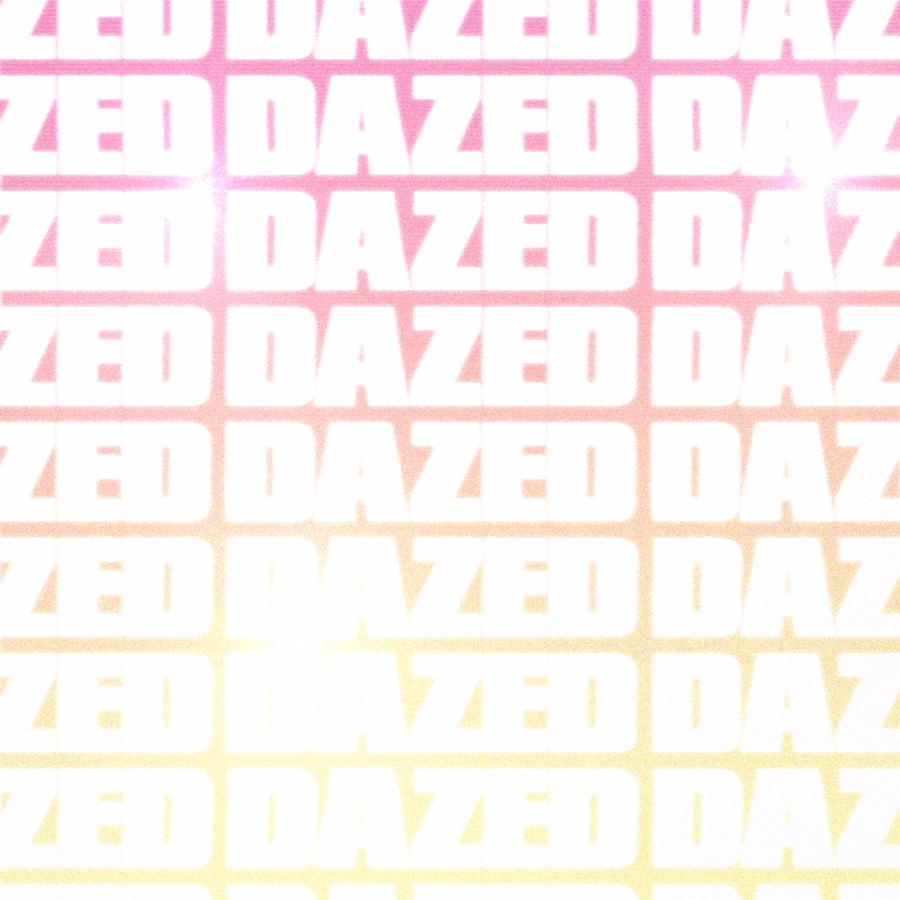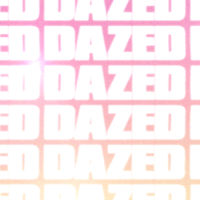Members of Just Stop Oil have stuck themselves to paintings in the Courtauld and the National Gallery
It’s likely that in recent months you’ve heard about Just Stop Oil. The climate justice campaign group have made headlines for their unusual protest tactics, including storming the track at the British Grand Prix, blocking entrances to oil facilities, and disrupting football games by tying themselves to the goalposts.
Most recently, they’ve been glueing themselves to famous works of art. On Wednesday last week, three activists attached themselves to a Horatio McCulloch artwork in Glasgow. On Thursday, another group stuck themselves to the frame of a Vincent Van Gogh painting at the Courtauld. On Friday, their target was a Turner painting in Manchester. This Monday, it was a Constable painting housed in the National Gallery. Yesterday it was a Da Vinci copy.
Some have raised eyebrows at the group’s actions. No one can dispute the fact that actions like these generate publicity and get people talking about climate change – but why target art? Similar questions were raised in May when the Mona Lisa got caked by a French climate activist. As he was carried away by authorities, he shouted “all the artists tell you: think about the Earth! All artists think about the Earth! That’s why I did this! Think about the planet!”
It’s true that while many are concerned about the potential damage climate protestors might inflict on these valuable paintings, their actions are nothing compared to the inevitable death and destruction that will tear through the planet if we fail to act on climate change.
We spoke to 21-year-old Paul Bell, a Physics graduate and member of Just Stop Oil, who glued themselves to Turner’s Thompson’s Aeolian Harp painting in Manchester.
What did you hope to achieve by glueing yourself to the painting?
Paul Bell: I did it in support of the Just Stop Oil coalition, and I did it to make their central demand: No New Oil. No new licences and consents for the production, development and exploration of fossil fuels in the UK. This demand is not hard to implement – it just requites the government to issue a statement and hold themselves to it – but it is desperately necessary as our future is rapidly becoming unliveable.
Billions of people are already in harm's way around the world and millions are suffering and dying now.
Why have Just Stop Oil chosen to take action by glueing themselves to paintings, specifically?
Paul Bell: Paintings are an important part of the UK’s cultural heritage. Interfering with them has sparked outrage and conversation. In this time, when most journalists barely report on the devastation of the climate crisis, and our [former] Chancellor for the Exchequer rakes in 1.3 million pounds from a second job with an oil company, young people have absolutely no choice but to make our voices heard in the loudest, most outrageous ways possible.
In the words of Eben, who spoke while glued to Constable’s The Hay Wain in the National Gallery, “when billions of people are in pain and suffering, what use is art?” When you target art, you force a change in perspective. What really matters to you? The answer is often the simplest; we all want to live, we all want our children to live. If our government is directly acting against those simplest of wants? Then we step up in civil resistance, using non-violent direct action, which history has shown time and time again to work.
How did you choose which paintings to ‘target’?
Paul Bell: Thompson’s Aeolian Harp was chosen because it is well-known, prominent, and depicts a beautiful scene of nature. Our natural world is being destroyed in the current sixth mass extinction caused by our collapsing climate.
At the end of the day, we will do whatever is non-violently necessary to make our government end new oil and gas. We will keep on disrupting the arts world and cultural events to make it into the media. It’s crucial that we do this to make the conversations happen and attract more people to join us and take action in this wonderful civil resistance community.
Is there anything else you’d like to say?
Paul Bell: It’s quite easy to gloss over the words “our future”. First, of course, the climate crisis isn’t in the future, it is happening now. Birds were literally dropping out of the sky in India and Pakistan during the extreme heatwave in March; more than 5,000 people had to be admitted to hospital with heatstroke in Tokyo in their recent unprecedented heatwave; and right now in Bangladesh and parts of India nine million people are displaced or affected by severe floods.
If this is our present, what does our future look like? The Intergovernmental Panel on Climate Change state that we have a “brief and rapidly closing window to secure a liveable future”. The young people of today are going to inherit this chaotic, dangerous world – is it so much to ask that it is “liveable”? Come and join us!




